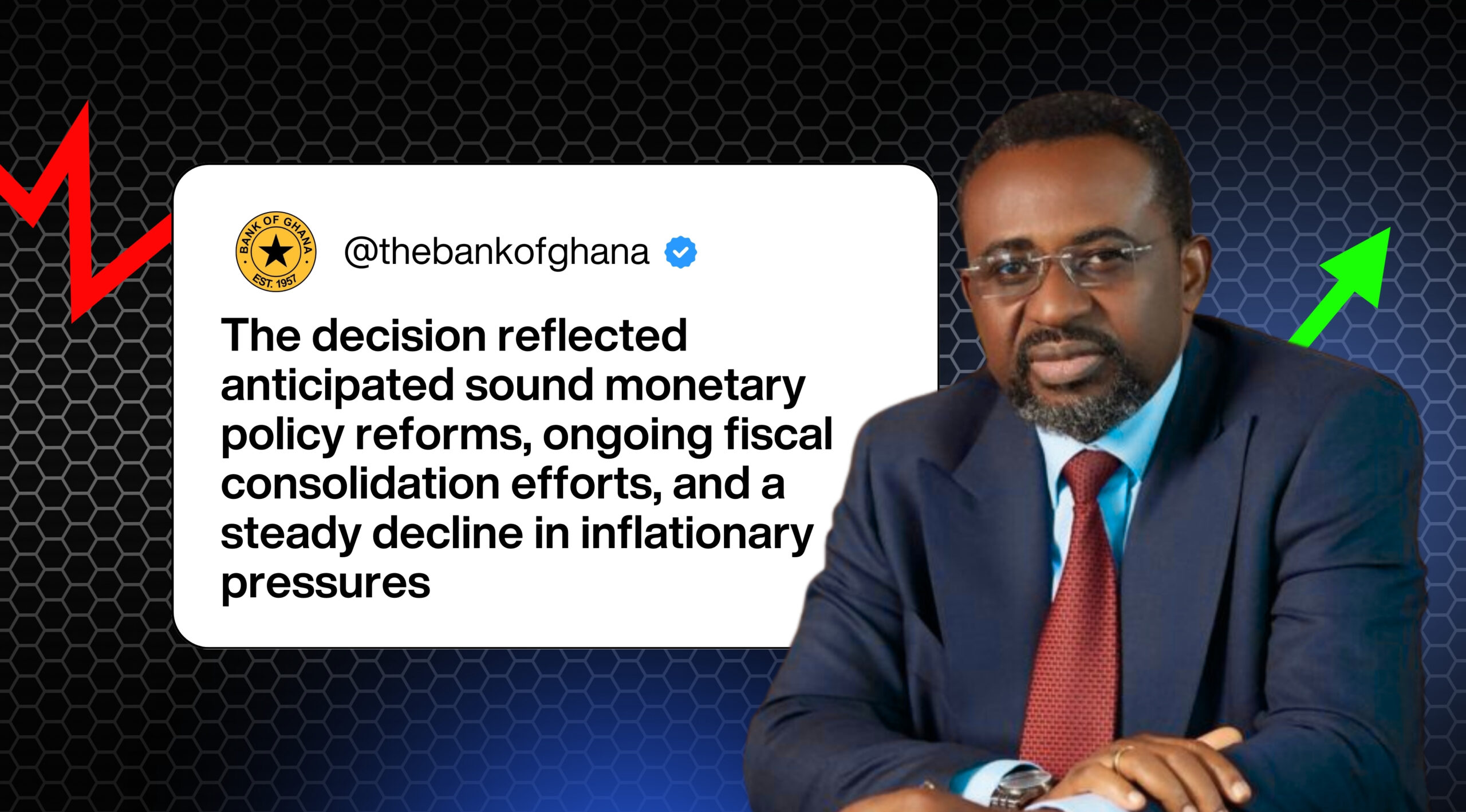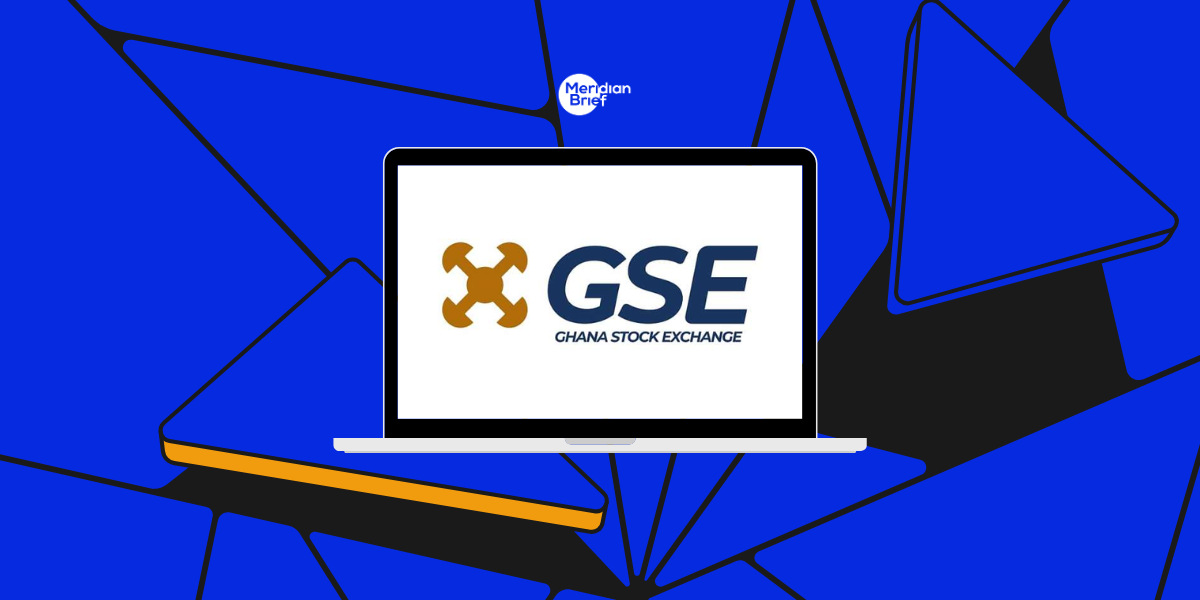The Bank of Ghana has lowered its policy rate by 350 basis points to 21.5 percent, citing progress in disinflation and resilient economic growth.
Bank of Ghana Cuts Policy Rate to 21.5% as Disinflation Gains Momentum

The Bank of Ghana has reduced its policy rate by 350 basis points, bringing the benchmark interest rate down to 21.5 percent from 25 percent. The decision was announced on September 18, 2025, after the conclusion of the 126th meeting of the Monetary Policy Committee. According to Governor Dr Johnson Asiama, the rate cut reflects confidence in the ongoing disinflation process and the central bank’s assessment that inflation will continue to decline over the near term. The policy rate is the key tool used by the central bank to influence borrowing costs, liquidity, and inflation expectations. By cutting the rate, the Bank of Ghana is signaling that inflationary pressures are easing, and that it is prepared to support stronger credit growth and investment across the economy.
Inflation Outlook and Disinflation Progress
At the press conference, Dr Asiama explained that headline inflation is expected to fall within the medium-term target band of 8 percent, plus or minus 2 percentage points, by the end of the fourth quarter. This projection reflects the success of recent monetary policy tightening and fiscal consolidation efforts, as well as easing global price pressures. Lower food and energy costs, combined with a slowdown in employment growth worldwide, are expected to push inflation down further. The Bank’s decision underscores a shift from its earlier focus on aggressive tightening to stabilize the economy, toward a more balanced stance aimed at supporting growth while maintaining price stability.
Global Backdrop: Resilient Growth Amid Risks
The global economic environment also shaped the Bank’s decision. Contrary to earlier fears of a widespread slowdown, global growth has proven resilient. The International Monetary Fund recently revised its forecast for 2025 upward to 3.0 percent, compared with the earlier projection of 2.8 percent. Growth has been supported by easing trade tensions, steady export performance, and fiscal expansion in several advanced economies. Global financing conditions have also improved, with declining policy rates, lower long-term bond yields, and stronger capital flows into emerging markets. Despite these positive trends, risks remain. Geopolitical tensions, high tariffs in some markets, and a projected slowdown in global trade could limit near-term growth. The Bank of Ghana acknowledged these risks but noted that the overall global backdrop has become more supportive of disinflation and credit expansion.
Domestic Economic Performance
Domestically, the economy continues to perform strongly. Data from the Ghana Statistical Service showed that real GDP grew by 6.3 percent in the second quarter of 2025, compared with 5.7 percent in the same quarter of 2024. Excluding oil, growth was even stronger at 7.8 percent, underscoring the strength of the non-oil economy. The services sector expanded by 9.9 percent, while agriculture grew by 5.2 percent, reflecting both structural resilience and favorable conditions in key subsectors. High-frequency indicators tracked by the central bank also point to continued momentum in economic activity. Business confidence has strengthened, as firms reported meeting short-term targets and expressed optimism about prospects in their sectors. Consumer confidence, while slightly softer, remains strong. These indicators suggest that the economy is well-positioned to sustain growth even as monetary policy loosens.
Implications for Credit and Interest Rates
One of the immediate effects of the policy rate cut is the decline in interest rates across the money market. Yields on treasury bills and bonds have already moved lower, creating conditions for cheaper borrowing. Commercial banks are beginning to respond, with average lending rates gradually easing. For businesses, lower borrowing costs should reduce the financial burden of expansion and investment. For households, cheaper credit may provide more room for consumer spending. The central bank’s decision is therefore expected to improve liquidity and stimulate broader economic activity, although the speed at which lending rates decline will depend on the responsiveness of commercial banks.
Exchange Rate and External Sector Performance
The performance of the cedi has been another important consideration. Supported by strong external sector conditions and higher reserve accumulation, the currency appreciated significantly earlier in the year. As of July 2025, it had strengthened against major trading currencies, reflecting investor confidence and improved balance of payments dynamics. However, by September 12, the cedi faced some demand pressures, with its cumulative appreciation moderating to 21 percent against the US dollar. While still positive, this moderation highlights the delicate balance between supporting growth and maintaining currency stability. The central bank has emphasized that it will continue to monitor external sector developments closely, intervening when necessary to preserve stability.
Broader Policy Context
The decision to cut rates also reflects a broader balancing act. The central bank has spent the past two years tightening monetary policy to contain inflation and stabilize the currency. Those measures came with costs, as higher borrowing rates slowed investment and raised the financial burden on both businesses and households. With inflation now easing and growth momentum strengthening, the Bank of Ghana has more room to reduce rates without risking a resurgence in price pressures. The decision to cut by as much as 350 basis points, rather than a smaller step, suggests confidence that inflation is firmly on a downward path.
Risks and Future Policy Direction
While the outlook is encouraging, risks remain. Geopolitical instability, trade disruptions, and volatility in global capital flows could create headwinds for Ghana’s economy. Domestically, pressures on the currency and potential fiscal slippages could complicate the central bank’s task. The Bank has stressed that it will continue to monitor macroeconomic conditions closely and take further action as needed to reinforce the disinflation process. The future trajectory of the policy rate will therefore depend on how inflation, growth, and external conditions evolve in the coming months.
What This Means for Stakeholders
For businesses, the cut in the policy rate should make financing more affordable, supporting investment and expansion. Sectors such as manufacturing, real estate, and agriculture, which rely heavily on credit, are likely to benefit. For households, lower borrowing costs could improve access to mortgages, personal loans, and consumer credit. For investors, the shift in rates will influence asset allocation decisions, with lower yields on fixed income instruments likely pushing some investors toward equities and other higher-yielding assets. Overall, the rate cut signals a turning point in monetary policy, one that reflects growing confidence in Ghana’s economic trajectory.
Conclusion
The Bank of Ghana’s decision to cut its policy rate to 21.5 percent marks a significant step in the country’s monetary policy cycle. It reflects progress in bringing inflation under control, resilience in domestic growth, and a more favorable global economic environment. While risks remain, the move provides an important signal to businesses, investors, and households that the central bank is prepared to support growth while safeguarding stability. The coming months will determine whether inflation continues its downward path and whether the benefits of cheaper credit translate into stronger economic outcomes.
Subscribe to MDBrief
Clean insights, a bit of sarcasm, and zero boring headlines.









